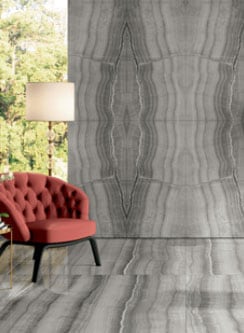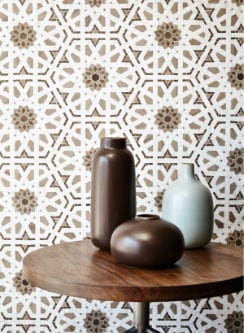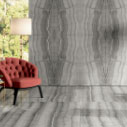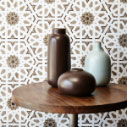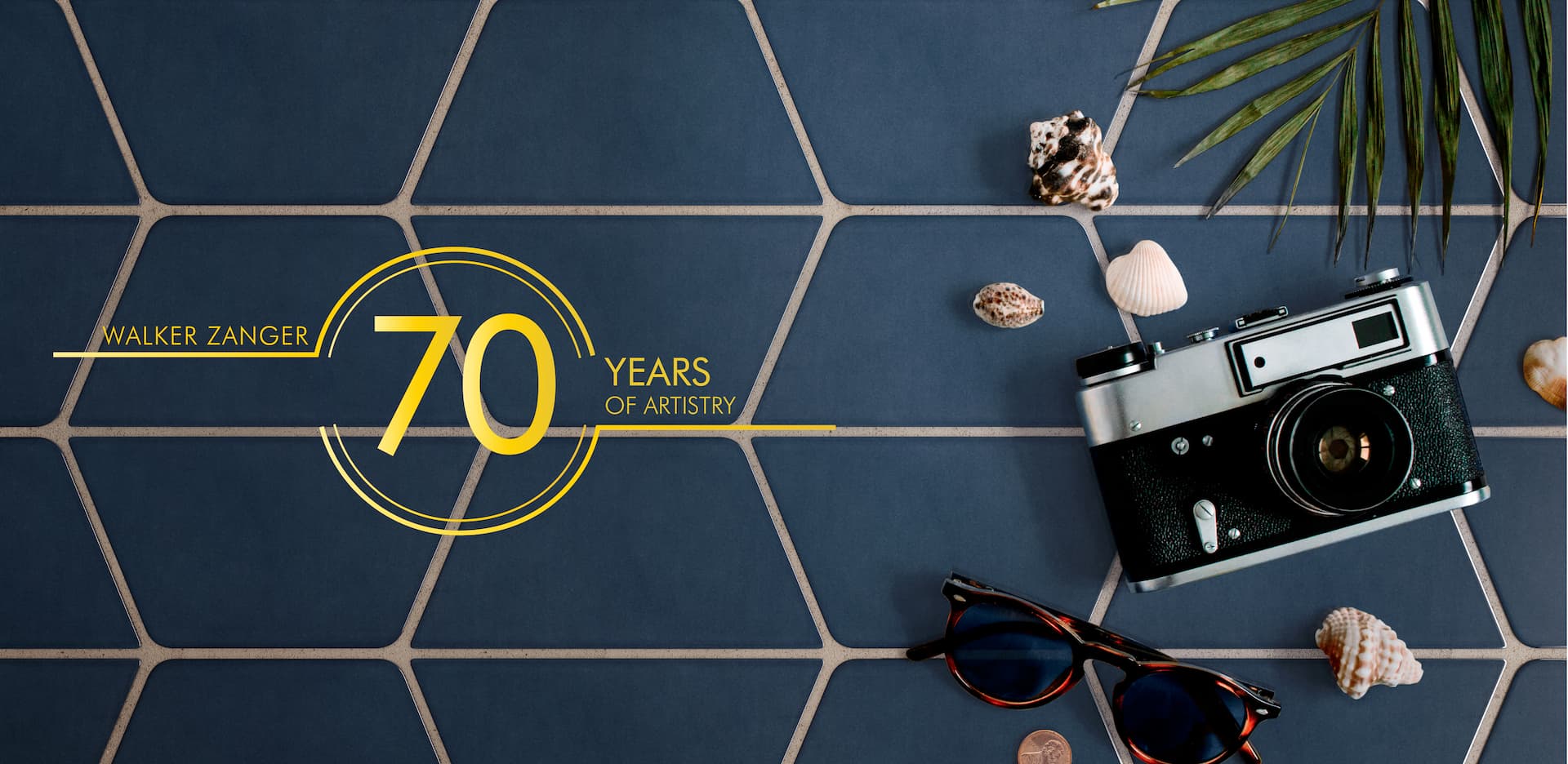
It’s not surprising mosaic tile was the flooring of choice for the most upscale villas in the Roman empire. This enduring material—still being discovered intact by archeologists today—is a timeless surface that’s been re-interpreted for new lifestyles for millennia. Ceramic, marble, stone, and glass—luxury tiles have been made from a variety of materials throughout time, with each generation finding new and innovative ways to adapt these natural and artisanal elements into a distinctive home design. At Walker Zanger, we’re proud to be part of this long tradition and to have innovated with the introduction of European marble to the American tile landscape 70 years ago. Want to know more about the US tile tradition? Read on.
Spanish Colonial Days
When the first colonial settlers came to New Spain, they brought a long tile legacy with them. The colorful talavera tile style (informed by both Moroccan and Dutch painted tile influences) arrived in Mexico from Spain and spread throughout the Spanish territories, allowing New World artisans to develop their own designs that built and re-envisioned tradition. In the early haciendas of what’s now California, Texas, and New Mexico, ceramic tiles kept homes cool and brought a decorative touch to the interior and exterior. This heritage spawned a whole new lineage of Mexican ceramic tiles that continues to influence design throughout North America today.
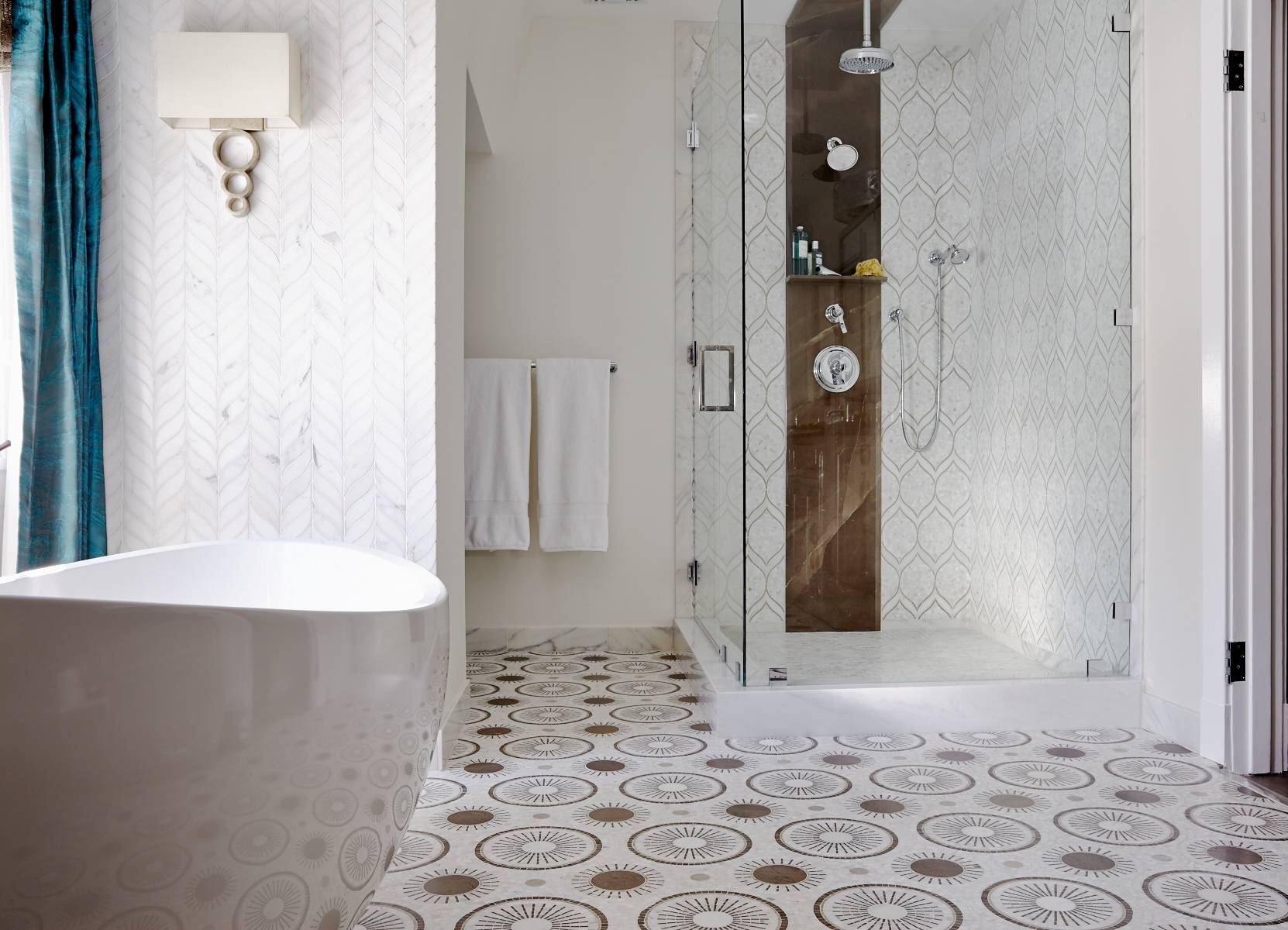
The Arts and Crafts Period
As a reaction to overly ornate style of the Victorian period, the Arts and Crafts movement got underway in the late nineteenth century in the UK. The emphasis was on exquisite, expert craftsmanship. Nature provides inspiration for the design motifs such as leaves, pinecones, and acorns, found in materials from wood to textiles and of course, tile. The movement arrived in the US slightly later, inspiring a new generation of architects and decorative artists from Frank Lloyd Wright to Louis Comfort Tiffany.
Artistic tiles handmade in clay were a sought-after decorative accent during this time. Often glazed in a single matte color (with glimpses of the clay showing through), these high-end tiles might be found on a fireplace surround or embedded in a piece of furniture such as a coffee table or breakfront. In the US, several manufacturers arose to meet the new demand for this decorative accent. In addition to making pottery, the Rookwood Company of Cincinnati, Ohio, for example, made exquisite handmade tiles featuring images such as birds, flowers or forests. Moravian Tile and Brickworks of Pennsylvania revived and re-interpreted Renaissance patterns in ceramic tiles and made one-of-a-kind tile artworks. Such decorative tiles would have been out of reach for all but the wealthiest at the time. On a more middle-class budget, homeowners could opt for mosaic tile flooring such as that offered by The American Encaustic Tiling Company, which in addition to its high-end ‘artistic’ tile for decorative accents produced the tiny hexagonal tiles that came to be so strongly associated with the Gilded Age. At the time, a tiled entry hall was a status symbol, signifying wealth and taste.













